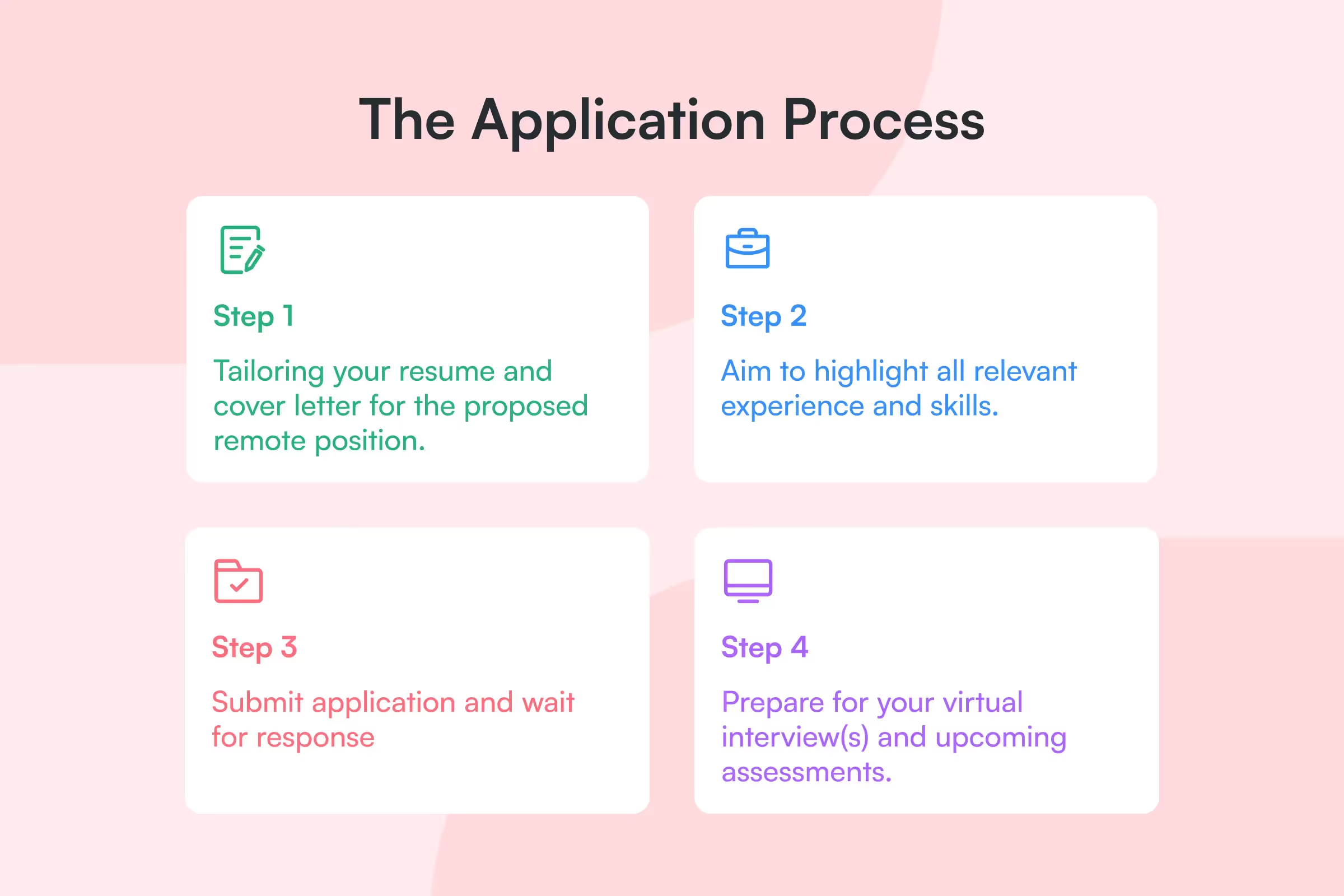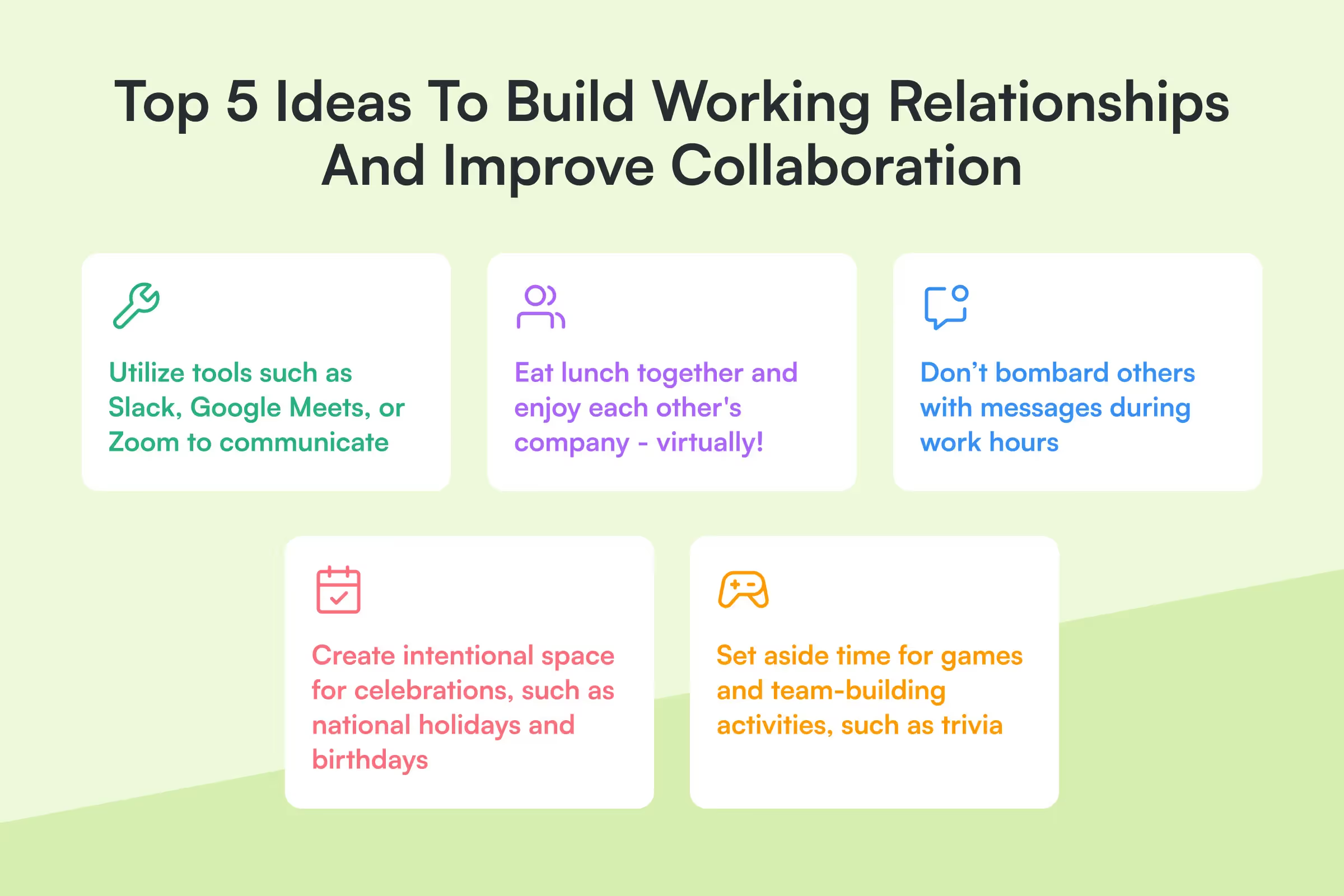For HR leaders and hiring managers: As your organization explores hiring remote employees in Canada, the focus should remain on compliance and employee well-being. This guide explains what needs to be considered, and how to stay ahead of potential challenges.
Remote work isn't just popular with employees, employers are discovering it's often more cost-effective and flexible. This arrangement can boost productivity, reduce overhead costs, and widen the pool of available talent.
But here's the thing, remote work across borders comes with real compliance challenges. It involves cross-border taxes, labour laws, and careful classification of employees. Borderless helps organisations navigate these complexities, so teams can focus on their work rather than worrying about paperwork.

Getting started with working remotely for a U.S. company
Remote work has evolved far beyond the basic 'work from home' concept, it's now about accessing global talent pools and creating flexible arrangements that benefit everyone involved.
With the growing trend of Canadians working remotely for U.S. companies, employees and employers need to ensure that the process is completely legal and compliant - for all entities involved. From taxes and benefits to work visas, permits, and more, both employees and employers must ensure that the remote work arrangement is done properly.
This applies whether they are independent contractors, part-time employees, or full-time employees.
Understanding the legalities of working remotely for a U.S. company
Work Visas and Permits
TN Visa (Treaty NAFTA Visa): To legally work for a U.S. company, a Canadian professional may require a TN Visa. This temporary status was created under the NAFTA agreement, and it must be renewed regularly. U.S. State Department: TN Visa Guidance
Canadians require the following to be eligible for a TN Visa:
- Proof of your Canadian citizenship, such as a valid passport
- Pre-arranged full-time or part-time employment with a U.S. employer
- Qualifications in your industry, such as a college diploma or bachelor's degree
Need more details on TN Visas? The U.S. Department of State's Bureau of Consular Affairs has the complete requirements and application process.
Pay Taxes
Canadian residents who work remotely for a U.S. company will be taxed on their worldwide income. Regulations can vary by province, so individuals should confirm details with the Canada Revenue Agency (CRA).
Canadian residents must only report their U.S. income on their Canadian tax return. This ensures compliance with local tax obligations while avoiding double taxation concerns.
To prevent being taxed twice, also known as double taxation, you will also need to complete the W-8BEN form. This will help ensure you don’t pay U.S. taxes or incur any tax implications. IRS: About Form W-8BEN
Finding Remote Job Opportunities in the U.S.
The first step to finding a qualified remote job opportunity, whether in Canada or the U.S., is by researching companies that hire remote workers. There are many tools and resources that can help you get started, such as GlassDoor and LinkedIn. There are also U.S. recruitment agencies who specialize in remote talent.
You should plan to utilize these resources, along with online job boards and other platforms, such as Indeed. Of course, networking, building connections, and doing your own research can also be helpful during this process.
We suggest making a list of companies that you have an interest in working for. Once you have identified the best options for full-time employees and independent contractors, the application process can begin!

Navigating the Application Process
Found an opportunity that excites you? Great! Now comes the part where preparation really pays off.
It’s time to begin the application process. The first step is tailoring your resume and cover letter for the proposed remote position. This will help to ensure that the employer has everything they need to know about the candidate, their education, and work experience, as applicable to the position in question.
Throughout your resume, cover letter, and all documentation, you should aim to highlight all relevant experience and skills. This will help your application stand out and truly make a lasting impression on the employer!
If candidates hear from the employer, the next step is to prepare for virtual interviews and upcoming assessments.
With a remote position, prepare for a remote interview. This may take place over the phone or a video call.
Here are some helpful tips to help you prepare for a remote interview:
- Find a quiet and private space for your interview.
- If the interview will be on camera, tidy your environment or blur your background on camera.
- Be presentable! Find an appropriate outfit and perform any grooming to smooth your appearance.
- Triple-check your connection, including your phone service and WIFI.
- “Arrive” to your interview at least 15 minutes before. This will help you to settle into your space and maintain a calm atmosphere.
- Showcase that you can work remotely through the nature of your virtual interview.
Remember, a strong remote interview demonstrates exactly what employers want to see—that you can thrive in a distributed work environment.
Setting Up Your Remote Work Environment
- Success in remote work starts with your work environment.
- Creating an ideal space is key for productivity and focus.
Choosing a space is the first step to setting up your remote work environment. This could be a spare bedroom, den, or area dedicated to being a personal home office. It should be a quiet and calm area, with the added ability to close the door to focus on your work and take the occasional call if needed.
Once your physical workspace has been established, obtaining a stable internet connection is essential. Not only should your Internet be reliable, but also have enough speed, bandwidth, and latency to support your scope of work.
Your computer should be equipped with all of the necessary software for remote work, along with any additional equipment, such as speakers, a mouse, and a keyboard.
Establishing Effective Communication
Effective communication is essential to a remote work relationship. As you begin your employment, we recommend speaking with your superior about communication processes, best practices, and tools utilized within the company.
This may include email, a group chat, or an instant messaging platform, like Slack. With help from the right tools, remote collaboration is possible!
By discussing their approach to communication with remote employees, you can better set and establish clear expectations with your U.S. employer.
Establishing effective communication can also help overcome language or cultural barriers, which is essential for those working remotely abroad for a U.S. company.
Managing Time and Work-Life Balance
Here's what we've learned from helping thousands of remote workers: time management and boundaries aren't just nice-to-haves, they're essential for avoiding burnout and maintaining productivity.
Create a Daily Routine and Schedule
To get started, we highly recommend creating a daily routine and schedule. This will help you begin your day on the right foot, as you will know exactly what to expect from your day - from the beginning!
When establishing a daily routine and schedule for your full-time employment, be sure to:
- Set aside time for a lunch break, along with small breaks throughout the day
- Move your body and get outside if possible while on a work break
- Consider last-minute meetings and phone calls that may interrupt your day
With the right approach, you can create a schedule that sets you up for long-term success! One that encompasses a better work-life balance than alternative approaches.
Set Boundaries
As mentioned above, boundaries are very important. Especially for those working remotely.
Since your home doubles as your workspace, a very fine line must be managed and respected. One of the most effective boundaries to set is your working hours. During these times, allow yourself to be accessible on your computer and phone, especially for meetings and last-minute work that may arise. Blocking off time in a calendar can also help to uphold these boundaries.
Outside of these working times, it’s important that you sign out of mobile apps, turn off notifications, and close your laptop! If the means of communication remain open, it can be difficult to ignore your work obligations.
Once your boundaries have been established, communicate them with your manager and coworkers. This will help set everyone up for success, and inspire others to also set healthy work-life boundaries!
Manage Distractions
Many remote workers admit to being distracted from time to time.
Especially when a load of laundry is ready to be changed or a package is being delivered, distractions can appear at a moment’s notice and take us away from our work.
To set yourself up for success, consider blocking out the distractions altogether. This could be done with a pair of noise-canceling headphones, listening to music or a podcast, or simply closing your office door during work hours.
Building relationships and team collaboration
Collaborating with your U.S. colleagues is more important than you may think!
The right approach to collaboration can help to establish relationships, build genuine connections, and lead to a more enjoyable work environment. Since you won’t have the added benefit of working together in person, collaborating with your peers and superiors alike is more important.
Participating in team-building activities is one of the most effective ways to foster virtual relationships with colleagues. The rise of remote work presents the need for more online team-building solutions, which is why many are available online today. With new technology and initiatives, connecting with your colleagues is simpler.

Top 5 ideas to build working relationships and improve collaboration
Looking for new ways to collaborate remotely? Here are five ideas to help you get started!
- Utilize tools such as Slack, Google Meets, or Zoom to communicate regularly
- Eat lunch together and enjoy each other's company - virtually!
- While communication is key, don’t bombard others with messages during work hours
- Create intentional space for celebrations, such as national holidays and birthdays
- Set aside time for games and team-building activities, such as trivia
With the right strategy and approach, you can enjoy stronger working relationships and effective collaboration.
Overcoming Challenges of Remote Work
With many work arrangements, whether remote or in-office, challenges are expected to occur. These challenges are not only expected, but they are completely normal.It is more important to create a plan to overcome them, and act on it.
Isolation and Motivation
While working within a remote environment, it’s understandable that you may experience feelings of isolation. Not only can remote work feel lonely from time to time, but it can also hurt your motivation. Peer-reviewed study on remote work burnout
An effective way to combat these challenges is by communicating with others. This could be communication with colleagues, family, or friends, to help mimic what would otherwise be office chatter and in-person interactions.
Not only will communicating with others throughout the day help you feel less isolated, but it can also leave you feeling both energized and motivated to continue an effective work day.
Addressing Stress and Burnout
Are you experiencing feelings of stress and burnout? While prevention is truly the best approach, you must address these feelings as soon as they begin.
This may include speaking with your superior about managing a more even workload, asking for help with a certain project, or simply scheduling some vacation time. After a time away, you can return feeling refreshed, rejuvenated, and ready to work.
Seek Support and Maintain Wellness
As mentioned above, a preventative approach is truly the best way to combat stress and burnout in a remote work environment. Seeking support is an ideal first step, as this can provide you with the regular opportunity to discuss your obstacles at work and find solutions.
When seeking support, we recommend finding a qualified mental health professional to speak with regularly. This may be a therapist, psychologist, or mental health counselor. With help from private health insurance through your employer, this process will hopefully be more convenient and attainable.
Alternatively, your family and friends may also be able to offer an ear to listen to and a shoulder to lean on. With the right support team in place, you can combat the challenges associated with remote work while maintaining overall wellness!
Our Final Thoughts When Working Remotely Abroad for a U.S. Company
Disclaimer: The information in this guide is meant for general educational purposes and does not constitute legal advice. Readers should consult a qualified lawyer for specific guidance related to their circumstances.
If you are considering working remotely for a U.S. company, we can assure you that the benefits are truly worth looking into the opportunity. Once a valid work visa or permit has been obtained, tax information has been completed, and local labor laws are abided by, all that is left to do is establish an effective remote work environment!
This is exactly why we built Borderless AI, to make global hiring effortless and compliant, so talented people like you can access opportunities anywhere, and companies can build amazing distributed teams without the compliance headaches.

Contact Borderless today for services for independent contractors, full-time employees, and more
Whether you are an independent contractor, part or full-time employee, our team of experts at Borderless are always here to provide your employer with guidance, support, and expertise to enable you to work from anywhere. Especially as you explore working remotely for a U.S. company!
Contact us today for more information or assistance getting started. For more helpful information and resources, we encourage you to browse the other articles!
Other articles you may enjoy include:









